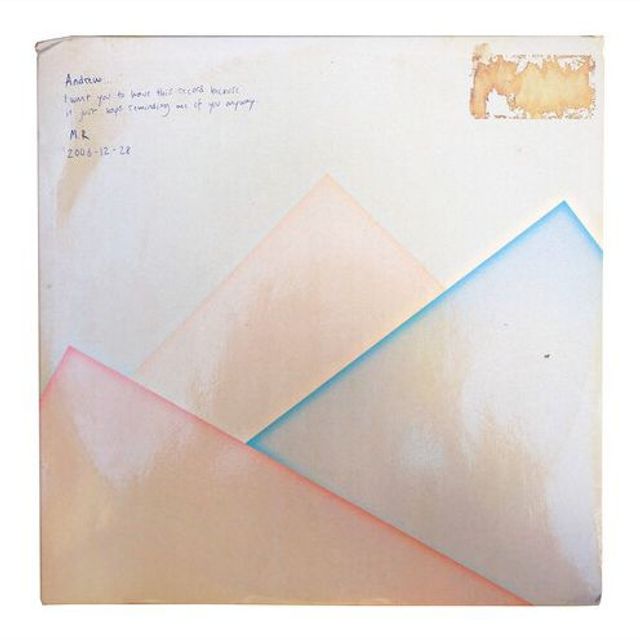Home
Yoshitsune and the Thousand Cherry Trees: A Masterpiece of Eighteenth-Century Japanese Puppet Theater
Barnes and Noble
Yoshitsune and the Thousand Cherry Trees: A Masterpiece of Eighteenth-Century Japanese Puppet Theater
Current price: $80.00


Barnes and Noble
Yoshitsune and the Thousand Cherry Trees: A Masterpiece of Eighteenth-Century Japanese Puppet Theater
Current price: $80.00
Size: Hardcover
Loading Inventory...
*Product information may vary - to confirm product availability, pricing, shipping and return information please contact Barnes and Noble
A masterpiece of eighteenth-century Japanese puppet theater,
Yoshitsune and the Thousand Cherry Trees
is an action-packed play set in the aftermath of the twelfth-century Genji–Heike wars. It follows the adventures of the military commander, Yoshitsune, as he tries to avoid capture by his jealous older brother and loyal henchmen. The drama, written by a trio of playwrights, popularizes Japan's martial past for urban Edo audiences. It was banned only once in its long history, for a period after World War II, because occupying American forces feared its nationalizing power.
In this expert translation by Stanleigh H. Jones Jr., readers learn why
became one of the most influential plays in the repertoires of both kabuki and
bunraku
puppet theater. He opens with an introduction detailing the historical background, production history, and major features of the
genre, and then pairs his translation of the play with helpful resources for students and scholars. Emphasizing text and performance, Jones's translation underlines not only the play's skillful appropriation of traditional forms but also its brilliant development of dramatic technique.
Yoshitsune and the Thousand Cherry Trees
is an action-packed play set in the aftermath of the twelfth-century Genji–Heike wars. It follows the adventures of the military commander, Yoshitsune, as he tries to avoid capture by his jealous older brother and loyal henchmen. The drama, written by a trio of playwrights, popularizes Japan's martial past for urban Edo audiences. It was banned only once in its long history, for a period after World War II, because occupying American forces feared its nationalizing power.
In this expert translation by Stanleigh H. Jones Jr., readers learn why
became one of the most influential plays in the repertoires of both kabuki and
bunraku
puppet theater. He opens with an introduction detailing the historical background, production history, and major features of the
genre, and then pairs his translation of the play with helpful resources for students and scholars. Emphasizing text and performance, Jones's translation underlines not only the play's skillful appropriation of traditional forms but also its brilliant development of dramatic technique.


















